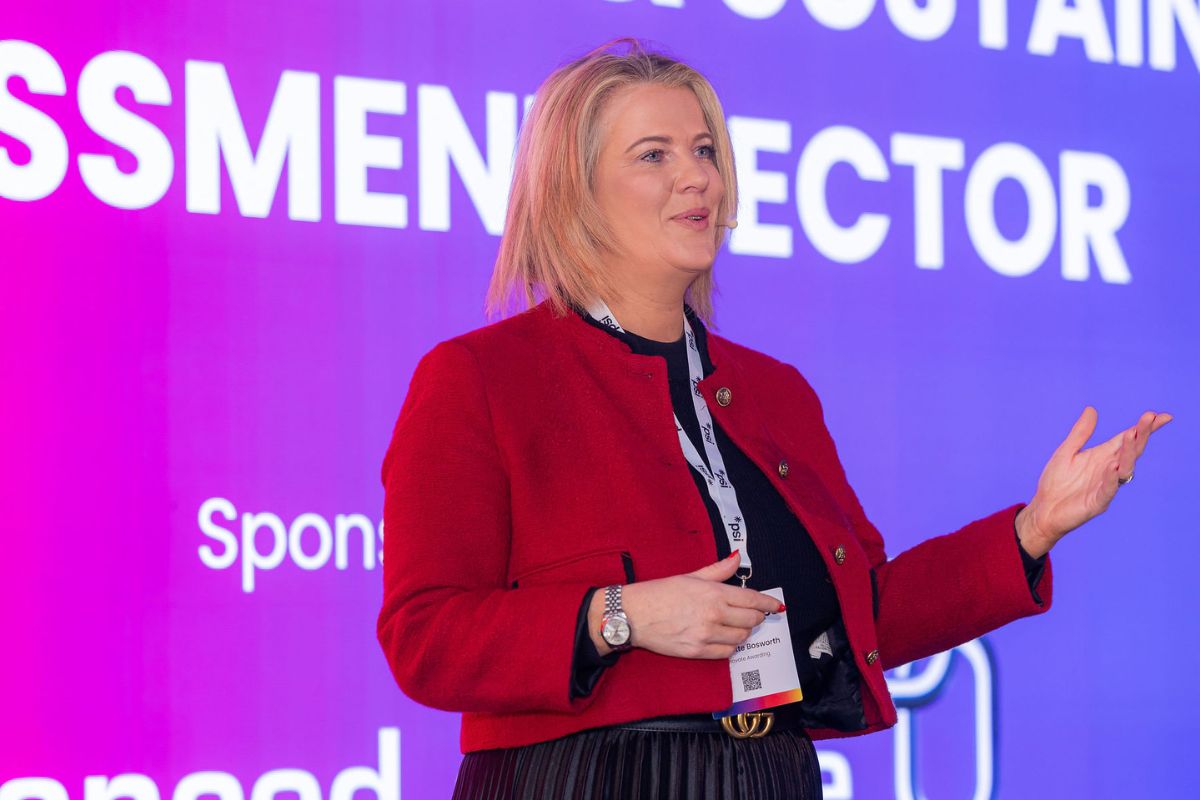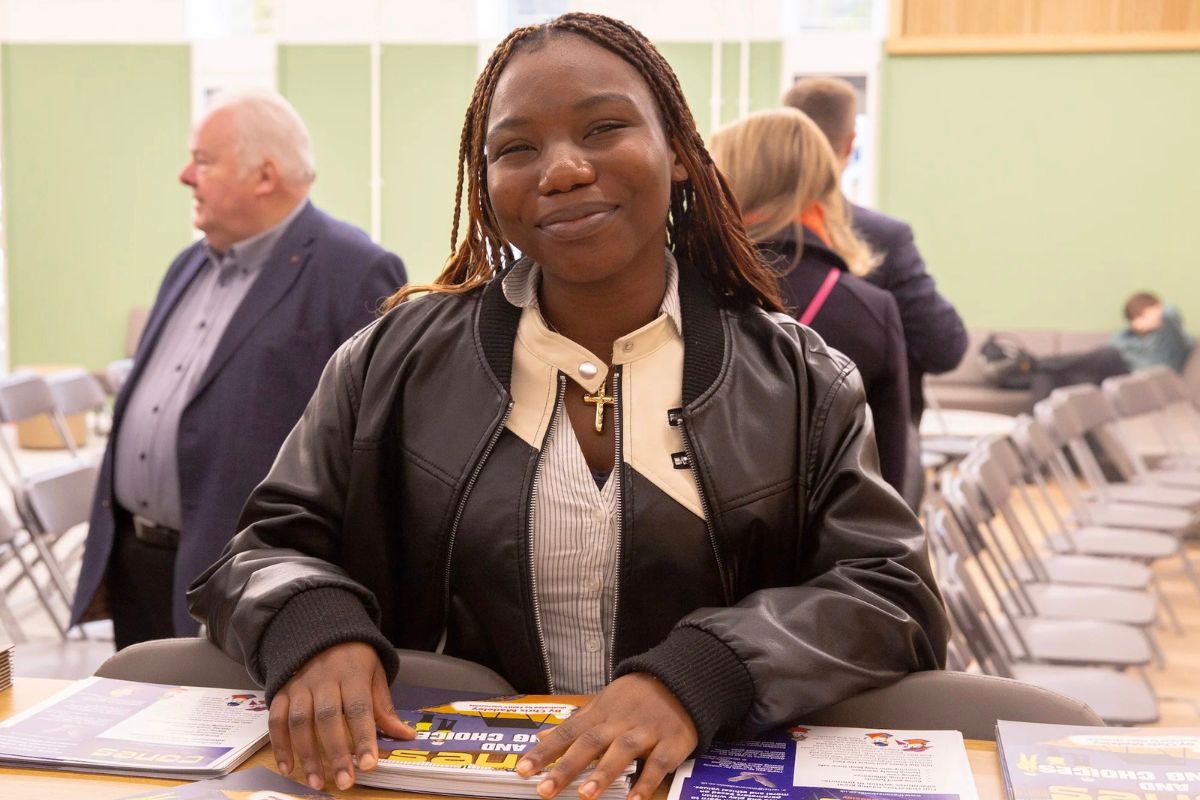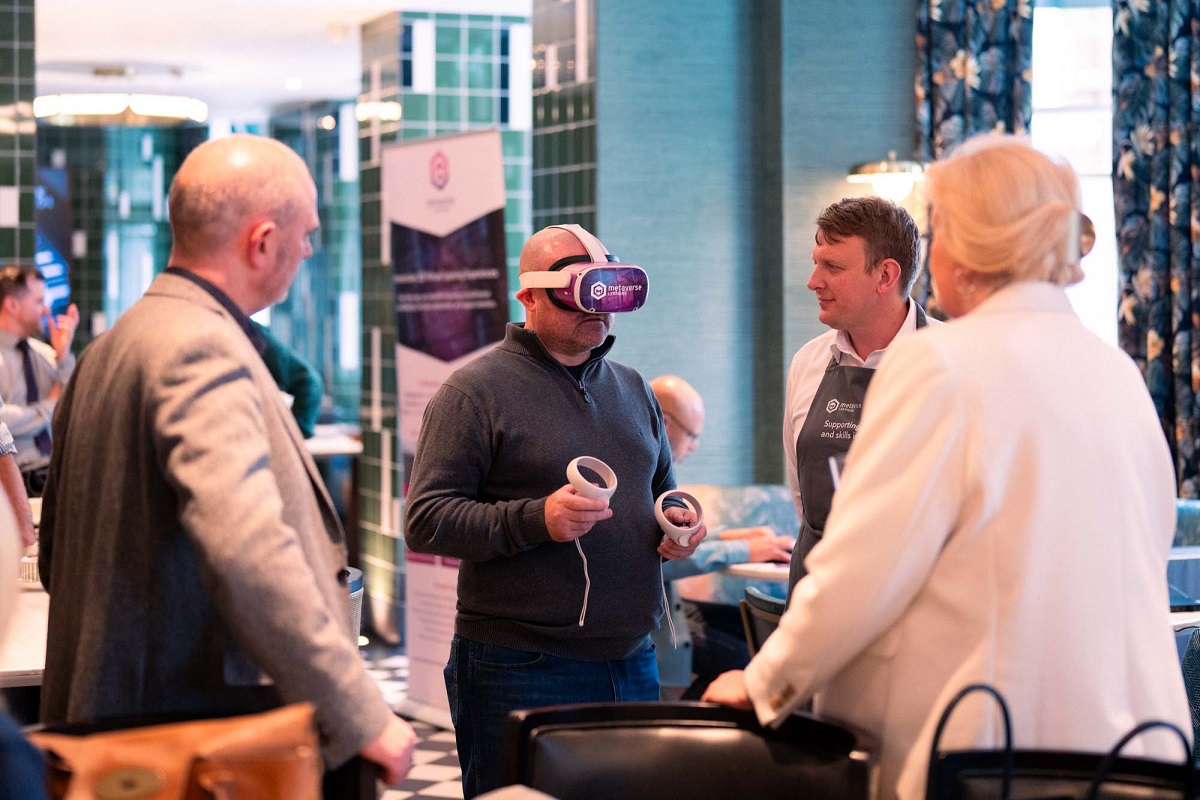Creativity Crisis: How budget cuts and overpriced creative suites stifle young people

Continued financial pressure on schools and colleges, combined with expensive creative tools, means creative education is being de-prioritised for many students. Here, Nick Birch highlights what effect the lack of a creative education can have on pupils and the implications for the future workforce.
Despite increased government funding for schools and colleges, due to significant running costs, there are still concerns that creative subjects will face the biggest cuts.
Reassessing spending means tough decisions every year – and with the average annual spend on EdTech already as high as £400,000 per school, it is understandable that many places of education are having to make cuts in budgets for software somewhere.
Budgeting issues can lead to talented and creative pupils losing access to tools that may inspire them into a successful career. But that’s only part of the issue – half of teachers also believe a lack of creative opportunities is impacting student morale, according to a recent survey by Serif.
Missing out on creative subjects
We have already seen a stark drop in the number of young people taking up creative subjects during secondary and further education.
Since 2010, enrolment at GCSE has fallen by 40%, and the decline has been mostly seen among state schools in predominantly deprived areas. Between 2010 and 2022, we have also seen a drop of 42% in the number of students taking up design and technology courses at A-level equivalent levels.
When we visit schools and colleges in less affluent communities, it’s not uncommon to see young people working on outdated equipment and software. Due to financial constraints, they don’t have the resources to update them and so many students aren’t able to develop creative skills using professional-level software throughout their education.
Despite fewer students taking up creative subjects, education settings are doing all they can to encourage young people to get involved – but are still limited by their resources. This has a significant knock-on effect on creativity, and the students’ overall experience.
According to our survey of 4,000 teachers, almost a quarter (24%) of them said they felt the students’ enjoyment of school is being negatively affected by a lack of creative opportunity.
Furthermore, 18% of surveyed school teachers believe that insufficiencies in creative subjects are also negatively impacting students’ mental health. This comes as the NHS reports that an increasing number of school age children now have mental health issues. Creativity is a way for people to express themselves and has been shown to aid those with depression and anxiety.
Lacking experience in creative subjects and thinking can also put them at a huge disadvantage when they take their next steps into higher education or the world of work. Employers and universities normally look at portfolios when assessing applicants, and will look for competency using industry-standard software.
As more students miss out on creative subjects, we risk losing the vital diversity that creative industries need to thrive. It can negatively impact other sectors too, such as engineering, hospitality, teaching, and IT, since key skills like problem solving, critical thinking and coming up with innovative ideas may not be developed fully.
Why is it so important?
The impact of unexplored creativity in education goes much wider than a student’s enjoyment. Though important in its own right, the skills and experience that come from a creative education can influence many other areas of a student’s life.
Paul Carney, one of the UK’s leading art and design education consultants, believes that creativity is a vital part of education for all students, not just the ones who show innate skills.
In our recent report, Democratising Design: How To Deliver A Creative Education When Budgets Are Tight he said:
“It doesn’t help that some people, including educators, believe that creative skills cannot be taught. In fact, nothing could be further from the truth.”
The soft skills pupils develop are at the heart of how education prepares young people for the wider world, and are important no matter what career they choose.
Commenting on how to apply creativity to all aspects of life, Si Beales, a former principal lecturer at Nottingham Trent University’s School of Art and Design and founder of Future Skills Club, said:
“It doesn’t matter if the end goal is to create a vaccine or a logo – you’re still looking for insights, making connections, playing, solving problems, which is creativity in a nutshell.”
A study from Barclays revealed that just under half of Gen Z – those born between 1995 and 2012 – have some form of ‘side hustle’. This is indicative of a generation moving away from the traditional pathway to success, and many of these young people need creative skills.
They’re producing videos and social media content, and running online shops, all of which requires well-designed assets and creativity. This is why creative education is so important, not just for their mental well-being but their career and life prospects too.
Many experts fear that creativity is being over-regulated and uniformed, and some students, therefore, are being boxed off from exploring their creativity fully. In other cases, too much focus is placed on STEM subjects at the expense of artistic endeavours, in a clear and misguided de-valuing of the latter.
This, combined with schools and colleges being ‘priced-out’ from some creative software by high licence fees, means that students aren’t developing the creative skills they need to thrive.
At Serif, we believe that pupils at all levels of education should have the opportunity to use powerful creative tools to help them succeed. Working with secondary schools and colleges around the UK, we have seen first-hand the exceptional standard of work students can produce when they are given the freedom, software and support to explore their creativity. With the right partnerships and access to affordable technology, teachers can empower students to develop their creative skills, even when budgets are tight.
By Nick Birch, head of educational licensing at Serif
To learn more, read Serif’s report on Democratising Design: How To Deliver A Creative Education When Budgets Are Tight.
FE News on the go…
Welcome to FE News on the go, the podcast that delivers exclusive articles from the world of further education straight to your ears.
We are experimenting with Artificial Intelligence to make our exclusive articles even more accessible while also automating the process for our team of project managers.
In each episode, our thought leaders and sector influencers will delve into the most pressing issues facing the FE sector, offering their insights and analysis on the latest news, trends, and developments.











Responses